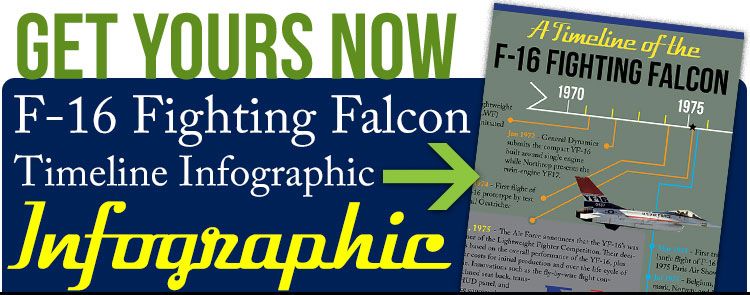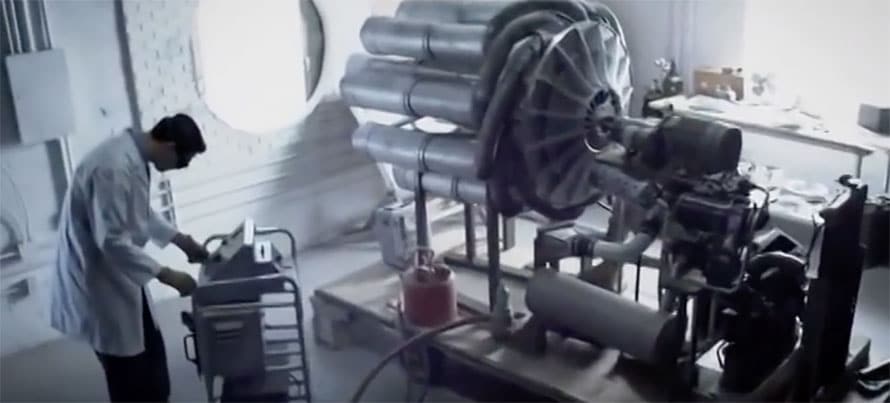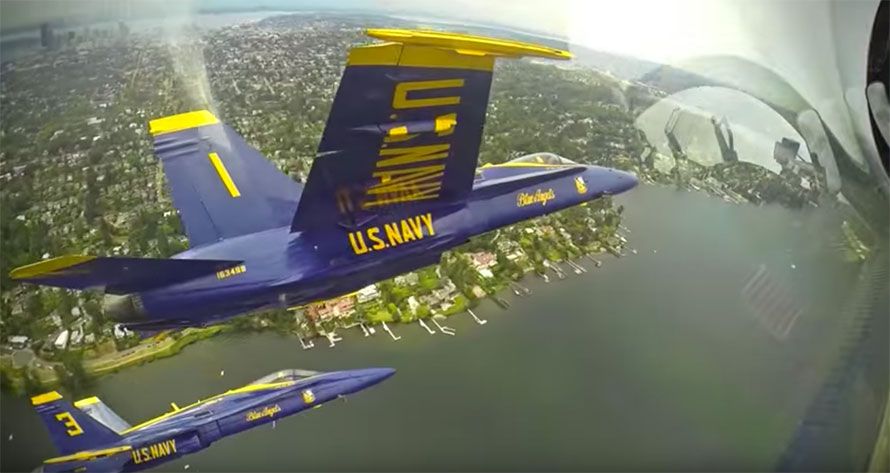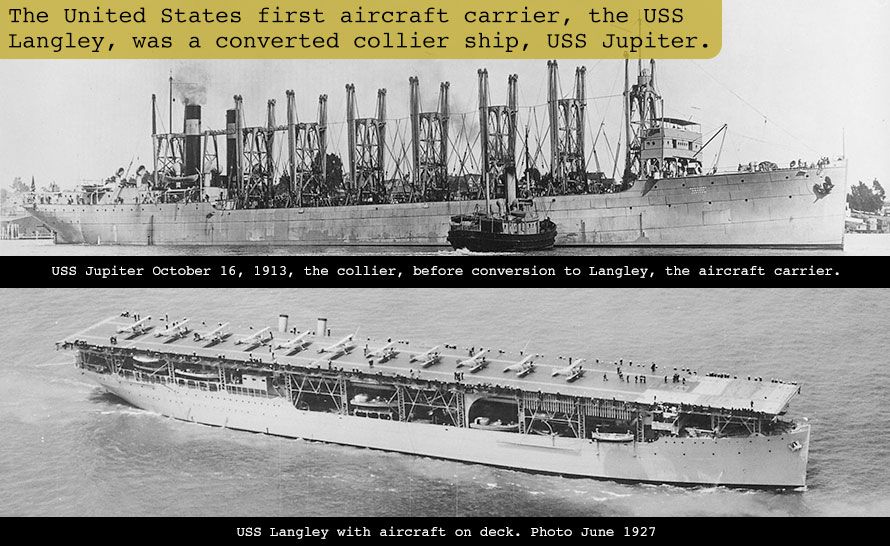The United States is a very large country. Before passenger aircraft were introduced, long distance travel for most Americans was a major inconvenience. To drive across the country, allowing time for rest, would take four or five days. Today, the ability to travel across our vast country quickly is important not only to conduct business but also for tourism and the economy. By flying on passenger planes, it now takes only five hours to travel across the continental United States. According to this Federal Aviation Administration (FAA) Infographic, 2,586,582 domestic and international passengers fly everyday. Aviation supports more than 10.5 million jobs just in the U.S. annually.
Passengers enjoy the convenience of jet aircraft travel but so many of us are unaware of the history of the jet engines that make it possible. Why was jet propulsion important? Who invented the turbojet engine? What was a major obstacle during its development? When was it first used to propel an aircraft on sustained flight?
This Jet Friday edition covers the history of Air Commodore Sir Frank Whittle, who is credited with singlehandedly inventing the turbojet engine. We hope you enjoy a little history and we invite you to share this article with your friends and colleagues. If you like this article, check out more of our #JetFriday articles.
Jet Engine History published by Largest Dams
View and Embed F-16 Fighting Falcon Timeline Infographic







